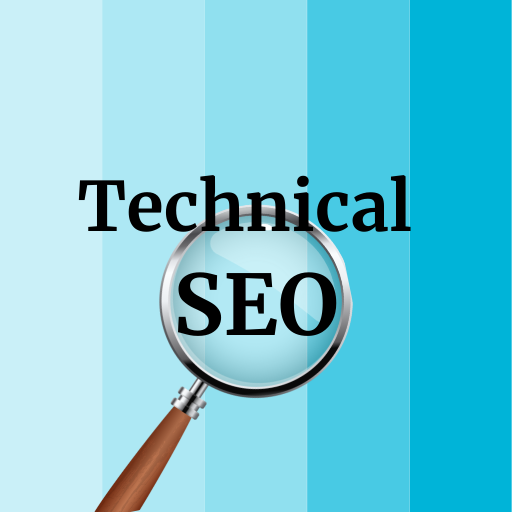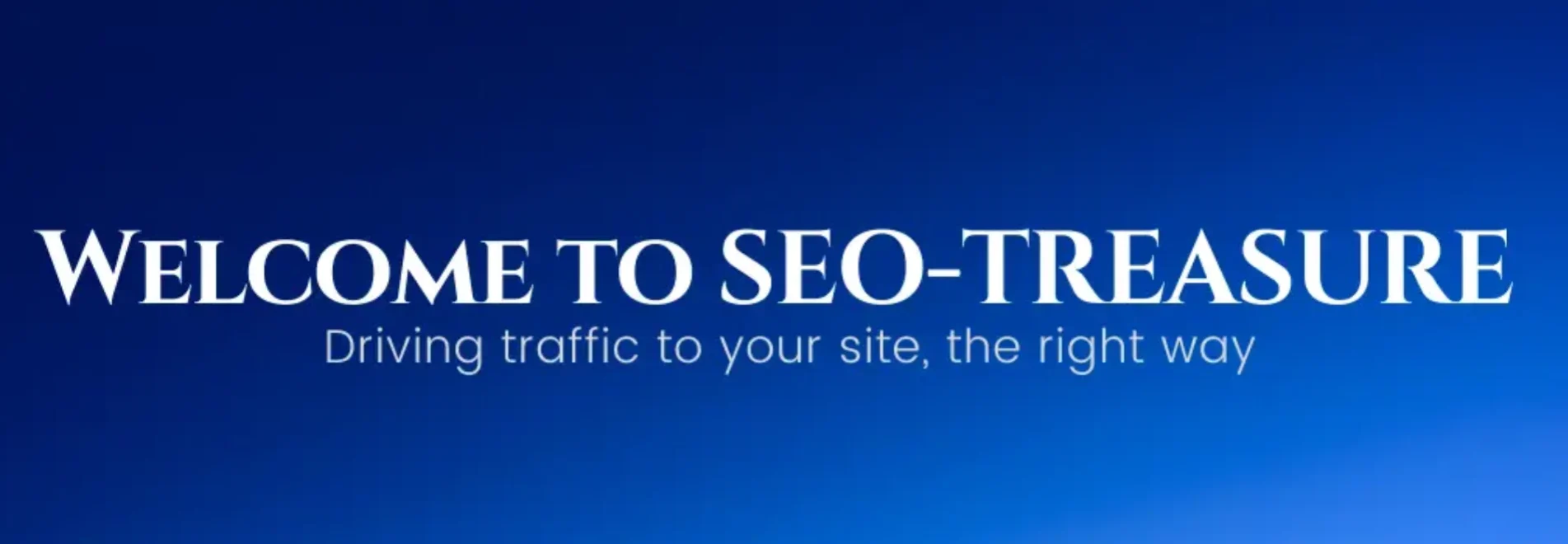Table of Contents
ToggleSearch Engine Optimization

SEO is a process in which you bring quality and quantity traffic through organic search results. In other words, it is a process of attracting people to your website in Google or Bing search results by increasing its visibility. It includes making modifications to your website according to customers’ choice, which markedly impacts your user’s interface and experience and, as a result, affects your ranking on the search engine results page.
SEO makes your website presentable in the search results, irrespective of the content. It can be done individually or by hiring an expert in this field. You can use Yoast SEO plugin while doing SEO in WordPress. Ranking higher on the search results generates more traffic, and more traffic brings you up in the ranking.
Types of SEO
Black-Hat SEO – Black-hat SEO techniques go against search engine algorithms to attain top ranking in the SERP. Many people use this SEO technique for faster results, but it severely affects your website and business when caught by Google.
Different methods included in black-hat SEO are keyword-stuffing, cloaking, overly optimized HTML tags, etc. In some situations, search engines punish businesses and even ban your products and sites from listing in search results.


White-Hat SEO – this SEO method is considered the most suitable way to optimize your site as it completely follows the search engine algorithms. It helps you to rank up in the search results easily without any issue and gives you a positive outcome for your work.
It sometimes becomes slow while showing results, but it produces significant outputs in the long term. Techniques in white-hat SEO are appropriate optimization of HTML tag user-friendly interface with quality content.
Grey-Hat SEO – this SEO method is a mix-up of both black-hat and white-hat SEO techniques. It is neither fully supportive of your website nor banned by search engines. It is sometimes considered risky but sometimes feels like a cheap tactic. Different techniques in grey-hat SEO are trading links, using the invalid domain, fake or paid reviews, etc.


On-page SEO – On-page SEO is a typically used technique for SEO by most businesses and website creators. It is a process of optimizing your site internally according to user preference to impact lead generation positively. It includes conducting keyword research according to the phrases searched by their potential user.
After this keyword research, optimizing the meta tags and applying these keywords in your headings, title, and description tag is of prime importance. It becomes more accessible for the search engines and your customers to identify your business.
It also includes optimizing your URL structure so that it is understandable. Other methods include creating internal and outbound links in your content and adding an appropriate title image. As a result, this helps you to rank higher on the search engine results page.
Off-page SEO – this type of SEO involves external website optimization without affecting internal content. It included generating backlinks and reviews to bring your customer from other websites like classifieds. These external methods persuade your ranking and also help in lead generation.
Getting a backlink from a reputed site also increases your domain authority, which inclines your site’s reputation. Apart from generating backlinks, another tactic includes providing your URL on your social media accounts. This method brings the audience from different sources and increases traffic on your website.


Technical SEO – this SEO method discusses your website’s technical optimization, which includes a mobile-friendly view and page loading speed. It is essential to adapt your website according to the user’s mobile to get a good user experience on every device. By adding different mobile views, the retention rate of your audience increases significantly.
Another aspect of technical SEO is page speed. Every time any user visits your website, he needs the result quickly to save his time. For faster results in growing your business, you must check your page loading speed from Google Pagespeed Insights.
Benefits of SEO
Boosts your domain authority – as a site attains top order on the search engine results page, it is considered a reputed and trustworthy site in the eyes of Google and the users visiting the site. By observing this, Google increases your domain authority and builds the credibility of your website and business.
Enables genuine traffic – the most significant aspect of SEO is doing keyword research. Concentrating on keyword research is essential as it targets the exact audience you want to capture.
Pocket-friendly – as the traffic is generated organically, SEO does not cost you anything compared to other promoting techniques like Google Ads. It only requires time if you are doing it single-handedly.
Gives you an edge in the competition – it is often observed that people who invest in SEO indeed gain an advantage over other bloggers and market leaders. Focus on the usability of your websites, like the user interface or mobile view, and with your SEO strategy, you outstand the competition.
Widens your reach – SEO helps you attract everyone interested in your blog irrespective of the demographic boundary. It focuses on the entire market of your industry, from top-level to the lower level. SEO is equally effective for all businesses with the drive to capture their target clients through accurate keyword research tools.
Never ending strategy – apart from Google Ads or other paid marketing strategies, SEO is an ongoing marketing strategy that provides long-term collective results.
Process of SEO
Before making your SEO strategy, you should understand its steps. These points include research (keyword research and competitive research), content creation, page optimization, and continuous analysis and controlling.
Research – before starting any task, research on every aspect is essential, same with SEO. Initially, keyword research gives an overview of your target audience’s search and which keywords have the maximum number of visitors per month. You can use Google Keyword Planner to conduct your keyword research task.
It also helps you in creating your content and optimizing your meta tags. After doing keyword research, the next stage involves competitive analysis and research. You should know what keywords your competitor uses and on which keywords his website is ranking.
Content creation – content is considered the heart of SEO. High-quality and unique content related to your category acts as a boon for your business. Initially, when a user visits your website to find information, your sound quality and quantity content forces him to stay on your site and gives him a reason to come back.
Creating page titles and descriptions according to the keywords helps the user easily direct your site. Along with the user, search engines also want the content to rank your site. Adding relevant keywords to your content makes it easier for the crawlers to know what the content is about.
Page optimization – after content creation, the next step is strategizing the on-page SEO according to your category. Adding your keywords to your content is not enough. Giving the targeted keyword phrase to your meta tags like the Title and Description tags allows your customer to visit your site.
Creating sitemaps that include all the page links of your site helps the search engines index your site quickly. Tools like Google Search Console and Bing Webmaster Tool helps to develop both HTML and XML sitemaps in one go.
Continuous controlling and analysis – analyzing the operations you have done already. Reporting your web traffic and SERP ranking regularly gives you a clear image of your strategy. On the other hand, content modification is also necessary to keep your site up-to-date.
On-page SEO
On-page SEO is a strategic activity that involves optimizing your internal website. It is one of the techniques for ranking in the search results. It improves your site’s quality, user experience, and interface and attracts potential readers with a knack for your industry field.
It includes both content and technical aspects. Some of them are as follows: –
1. Meta tags – Meta tags are invisible or shortcodes that help search engines and visitors easily read your site’s content in the header section. These tags are an essential part of your site’s SEO. There are different types of meta tags:-
- Meta title tag– title tag in HTML is the first thing your customer encounters on the search engine results page. It shows the content inside, and it should be clear, unique, and, most importantly, contain the keywords on which you want to rank your page. This should not exceed the character limit of 65-70 characters or around 577 pixels.
- Meta description tag –another prominent element in meta tags is the description tag. It is an explanation of your title tag and what your content is. Like the title tag, this tag is also shown to the visitor on the SERP. It should be crisp, clear, and understandable. Many search engines accept approximately 150-155 characters or around 919 pixels.
- Meta robots tag – these tags help you index and crawl your content by different search engines. This tag informs the search engine which pages to index.
2. URL – URL denotes Uniform Resource Locator. Always ensure that you choose the proper structure of your page URL. It should be neither too long with unnecessary information nor too short.
3. Alt text – optimization of your images is also essential. Alt text or alternative text helps search engines and visitors read the image. Along with this, it also guides you in ranking your website through visual content. Try to include keyword phrases related to your photo to make your SEO more effective.
Some other crucial aspects of on-page SEO which increase overall user experience are: –
1. Mobile-friendliness – mobile-friendliness is an overall design element that makes your site more responsive. Nowadays, Google is also considering mobile view as an element in ranking. Choosing universal themes or conducting a test on Google will provide you with a report of your site’s responsiveness. It also helps to identify issues, if any.
2. Page downloading speed – it is an essential factor for bringing visitors to your site for an extended period. Most people want the page to load immediately, as everyone has to gather the information before anybody else. It also helps to grow your business at a rapid pace. Google provides a tool to analyze your page load speed for desktop and mobile, called Google Pagespeed Insights.
3. Internal and outbound linking – helps increase your customer experience by quickly navigating your site and also routes the reader to similar content to get additional information and knowledge. This practice guides the reader to other site pages and increases page engagement.
Off-page SEO
Off-page SEO includes the creation of good quality backlinks with results in increasing your domain authority and helps in ranking higher on the search engine results page. In this type of SEO, linking is the king. With the increase in your domain authority, your site becomes more trustworthy and builds a reputation in the eyes of the customer.
Types of links created in Off-page SEO
1. Do-follow – these links guide the search engine to follow your web page and benefit your website in return. It tells the search engine how many reputed blogs or websites give you a backlink. Always ensure that you are creating on a reputable site so that it also helps you in gaining high authority.
2. No-follow – these links are just the opposite of do-follow links. These links neither give any benefit in return to your site nor help you in ranking high in the SERP. Search engines do not consider these links in crawling. They increase the number of backlinks on your website.
Getting a good quality backlink in return depends on your site’s content and its quality. Search engines consider these links in making your website reputed. Off-page SEO is entirely the opposite of on-page SEO, but these techniques go hand in hand. Creating a concoction of quality content and backlinks helps you increase your chances of ranking higher up in the order with a good pace.
